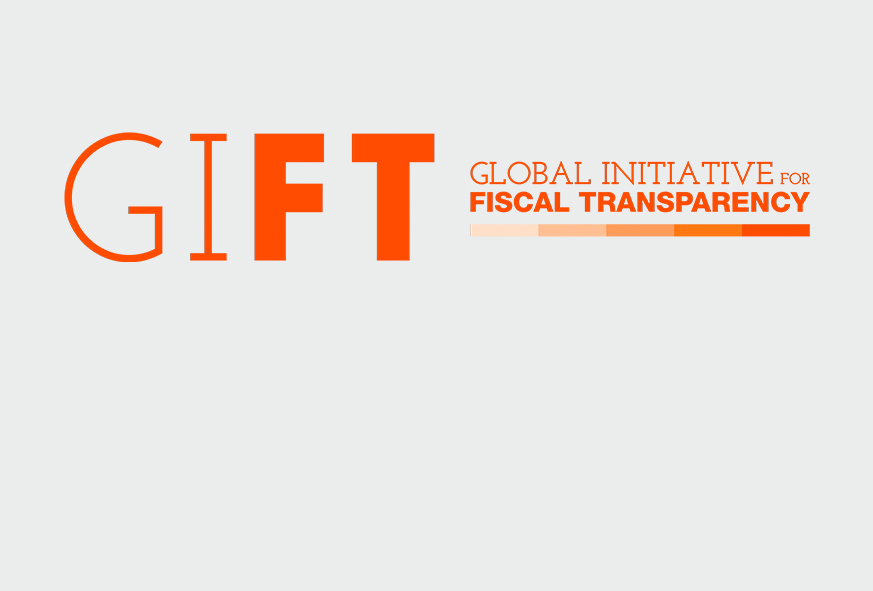Welcome to the Tutorial
Introduction to the Tutorial document (videos soon!)
Objective, target audience, methodology, instructional design, and how modules are organized.
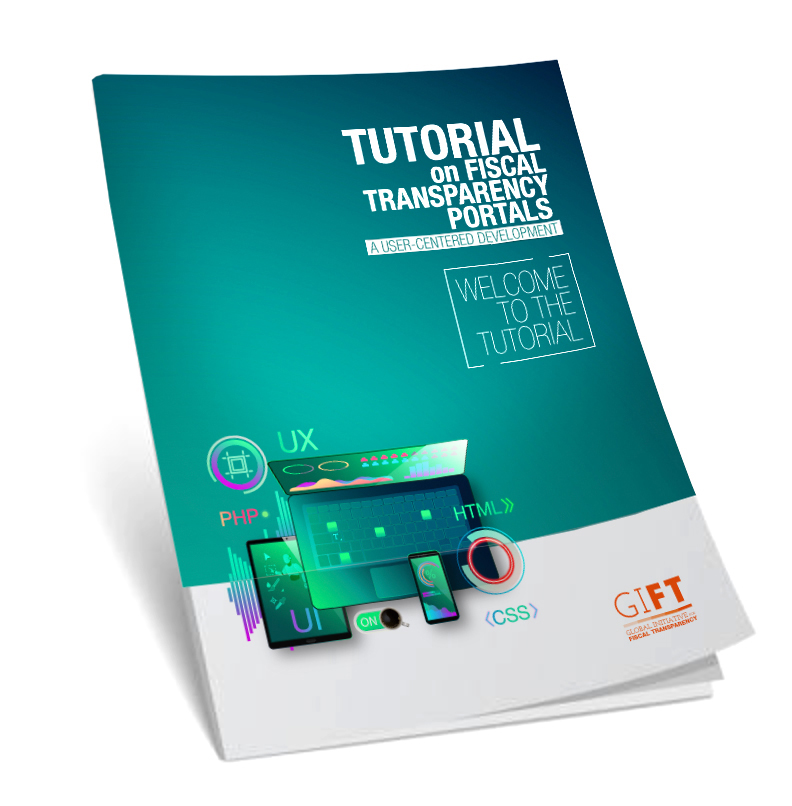
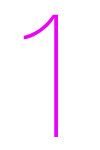
Introduction to fiscal transparency portals and the importance of considering the user
This introductory module presents what fiscal transparency portals are and what their purpose is. It also defines the analytical segmentation of six basic elements of fiscal transparency portals. You will be able to recognize the progress and limitations of the current state of a portal.
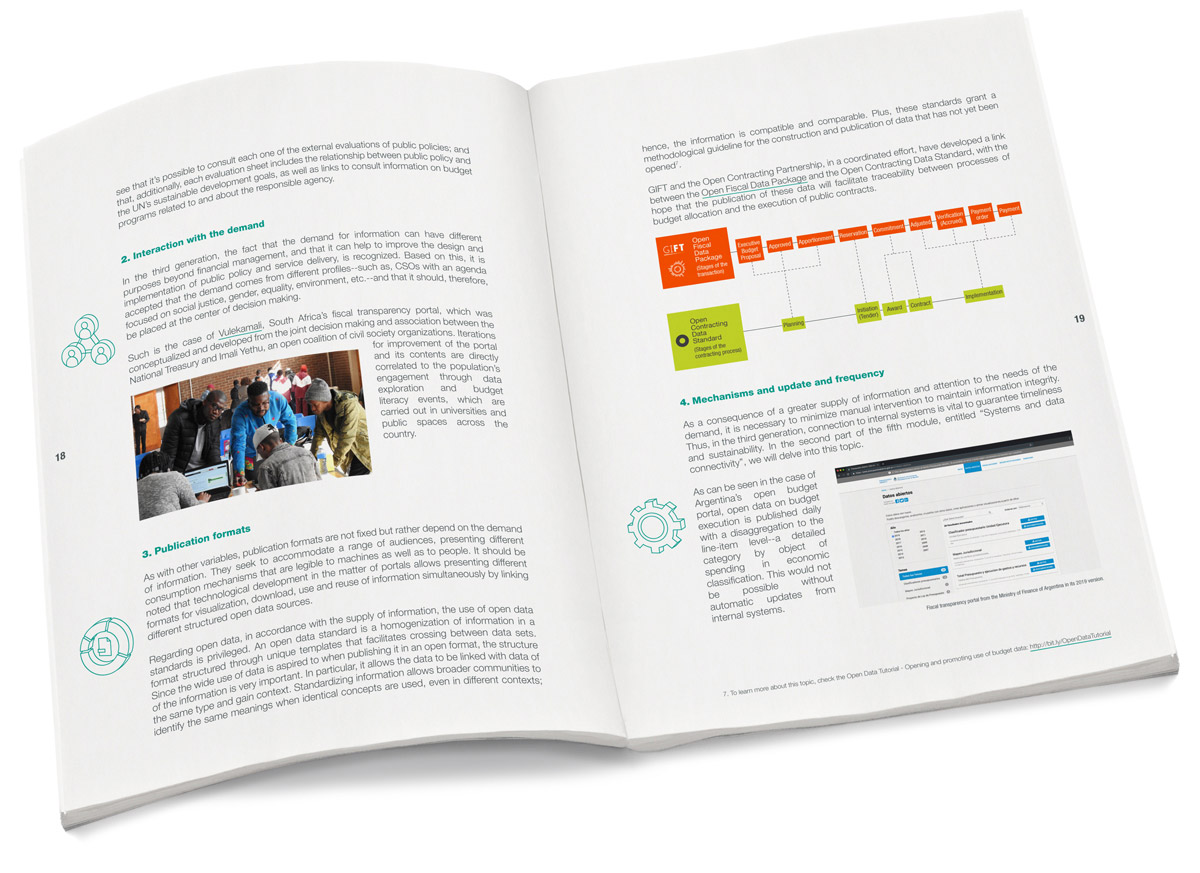
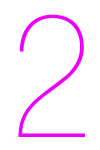
Introduction to user-centered design (UCD)
The essential goal is to generate portals and platforms that not only account for users in their development, but that engage them. This second module presents the user-centered design philosophy, as well as the steps for its implementation.
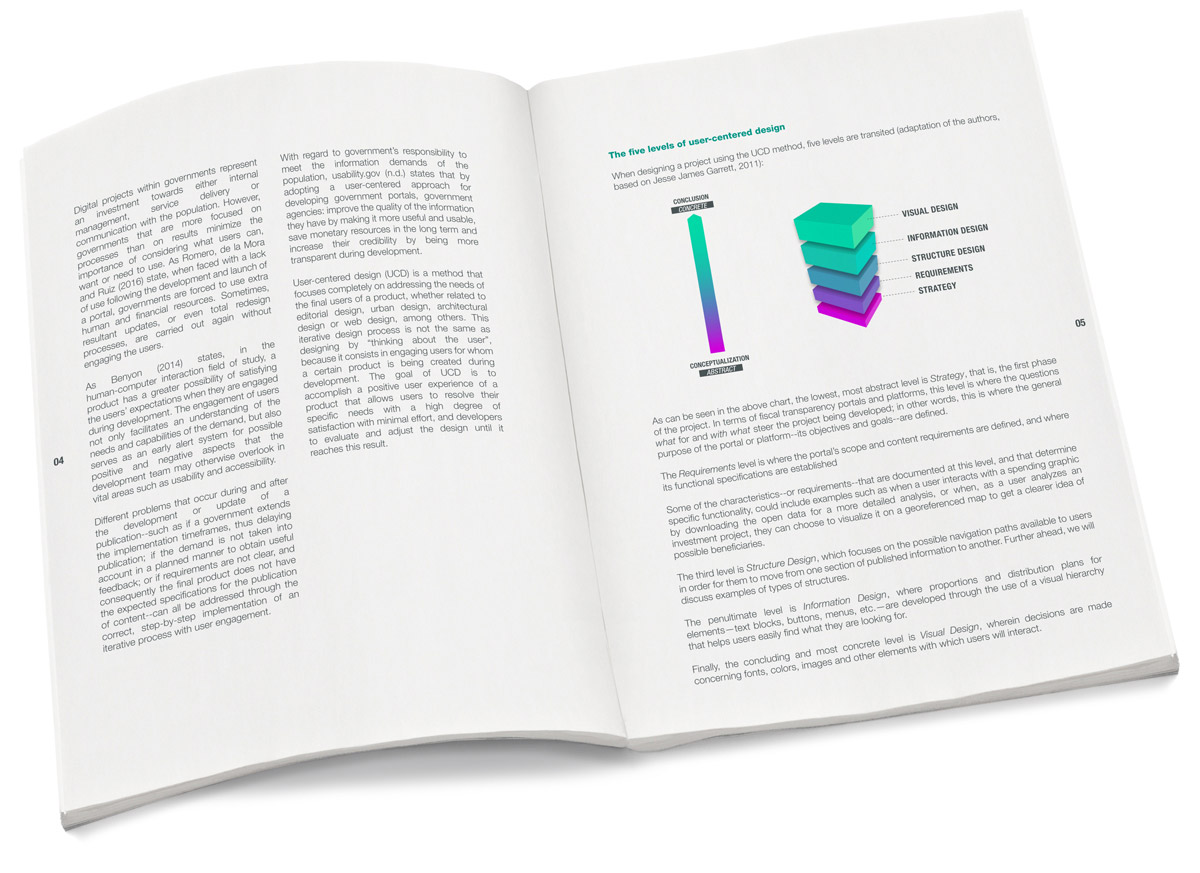

Definition of a general purpose, objectives and indicators
This module explains the importance of having a clear purpose prior to the development or the upgrade of a portal and provides tools to generate one. Fiscal transparency can have different objectives and benefits; and as such, the objectives of fiscal transparency portals and platforms can vary according to a country’s context, priorities and public finance management capabilities.
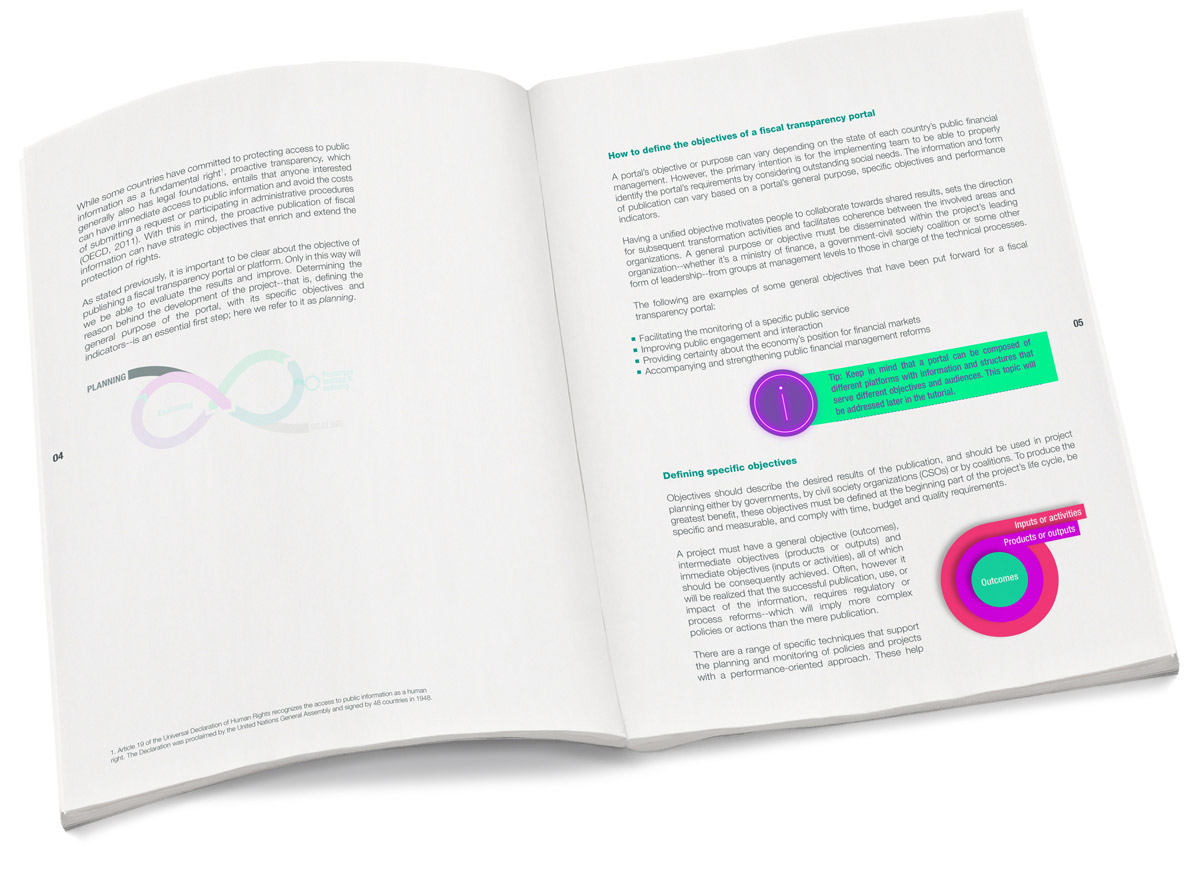

Identifying and segmenting the audience
This module provides tools and techniques to conduct research on, understand and engage the demand for certain outputs of portal development from a user-centered design perspective, with the purpose of identifying and segmenting different potential users (audiences) from within and outside government.

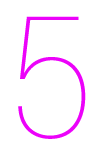
Internal coordination for external publication
In this section, frequently asked questions within the GIFT network will be used to explain the importance of coordination among the different areas that generate the data to be published, allowing for sustainable publication. This module also discusses existing internal organization options.
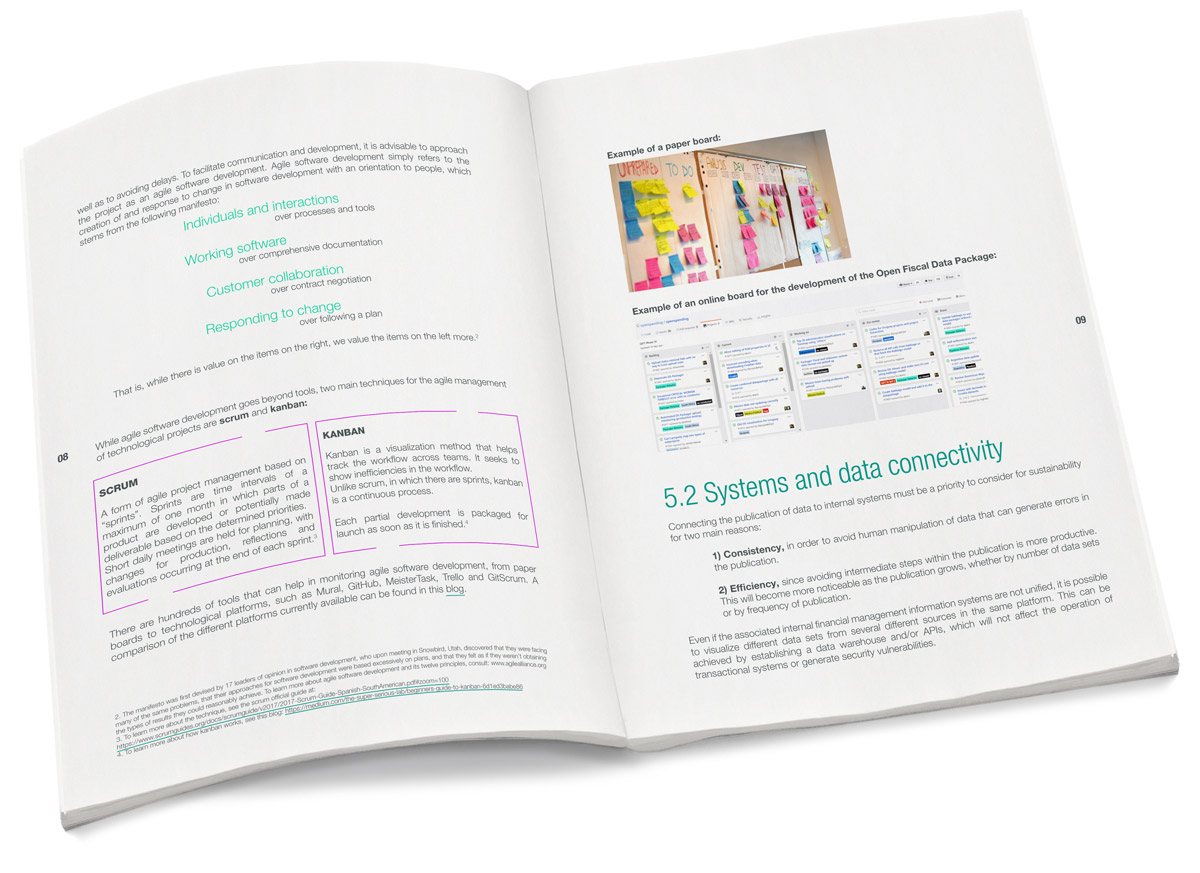
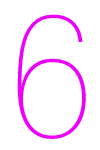
Development of the portal or platform
Structure design, information design and visual design are the three architectural levels in a portal or platform. Aside from these three levels, this module addresses concepts like user interface (UI) and user experience (UX), and introduces tools which can be used during the prototype testing and refinement stage. Finally, this module presents a developer’s toolkit containing tools, sources of inspiration, outputs, open code, trends, libraries, and other helpful resources.

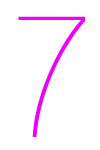
Amplifying the audience
This module proposes–in four steps and as part of a comprehensive strategy in the development of a user-centered portal–strategies for communication and engagement, as well as tips and examples on implementation.


Monitoring and evaluation to improve
What can be measured can be improved! This is why it is important to monitor both the initially proposed indicators and the functional/operational activity of the platform. In this penultimate module, a handful of monitoring methods will be explored, and methodological options are introduced to allow for the evaluation of a publication’s processes, cost-benefit and impact, providing for the gathering of evidence to inform decision making on subsequent improvements.

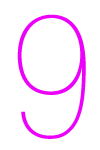
Iteration to accomplish a living portal
A fiscal transparency portal developed or upgraded through user-centered processes becomes a living and reactive portal that adapts in an agile and constant way according to objectives and results over time.

Bonus tracks
Developing tools from a coalition between civil society and government
Interview with Zukiswa Kota from the Public Service Accountability Monitor (PSAM), South Africa.
Developing tools from civil society
Interview with Daniel Carranza from DATA Uruguay.
Developing tools from government
Interview with Paula Manera from the Office of Planning and Budget, Presidency, Uruguay.

